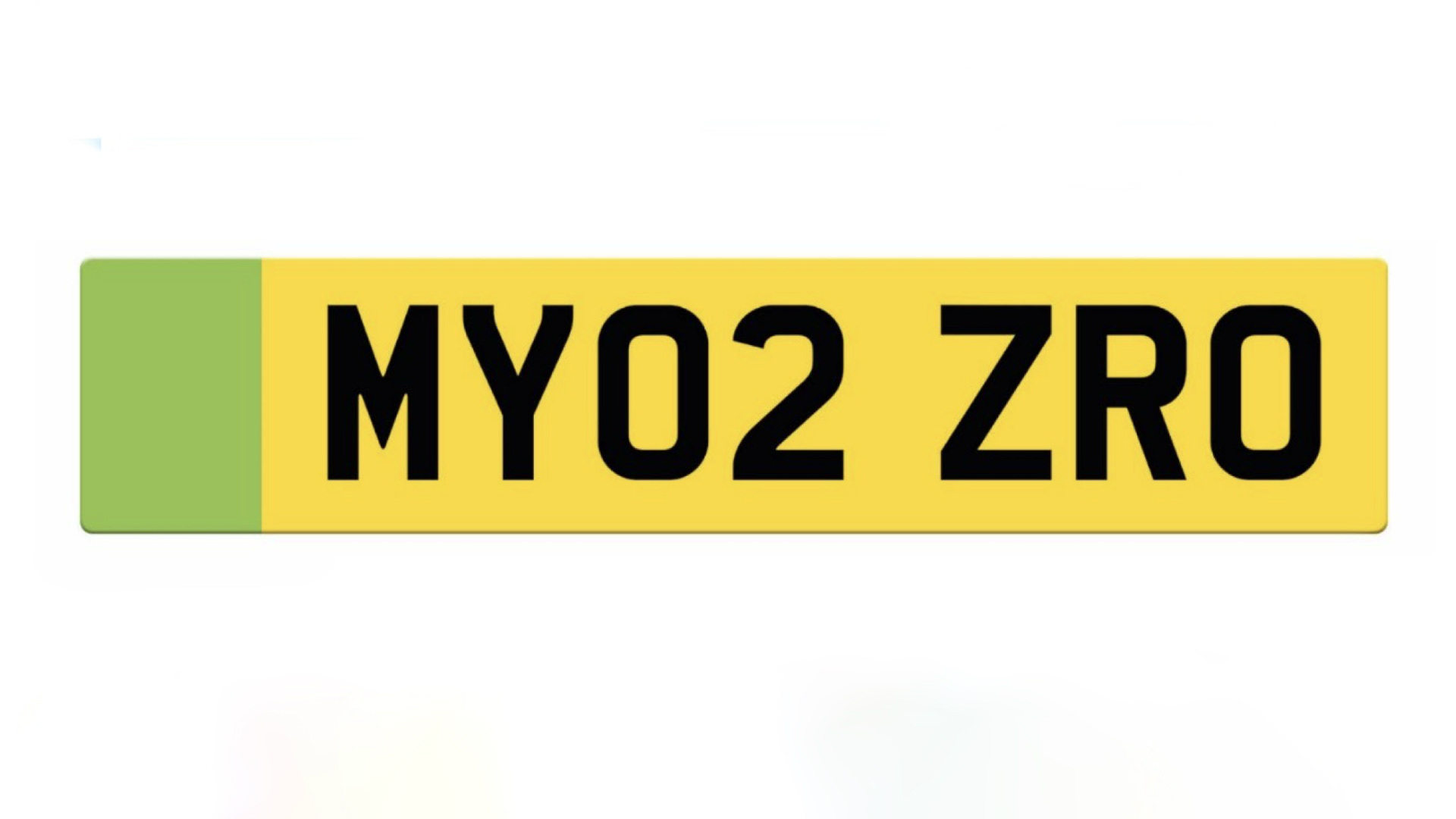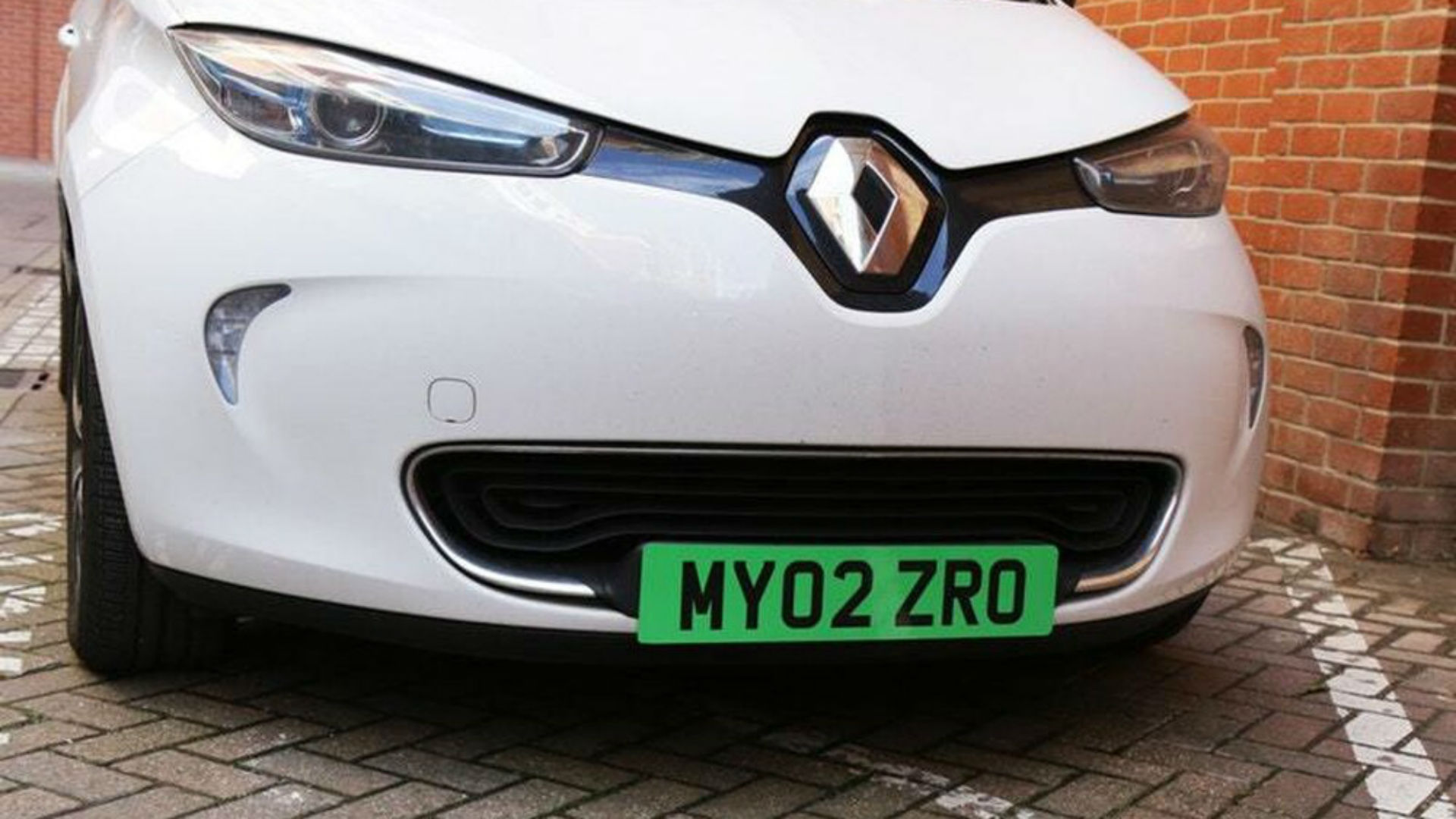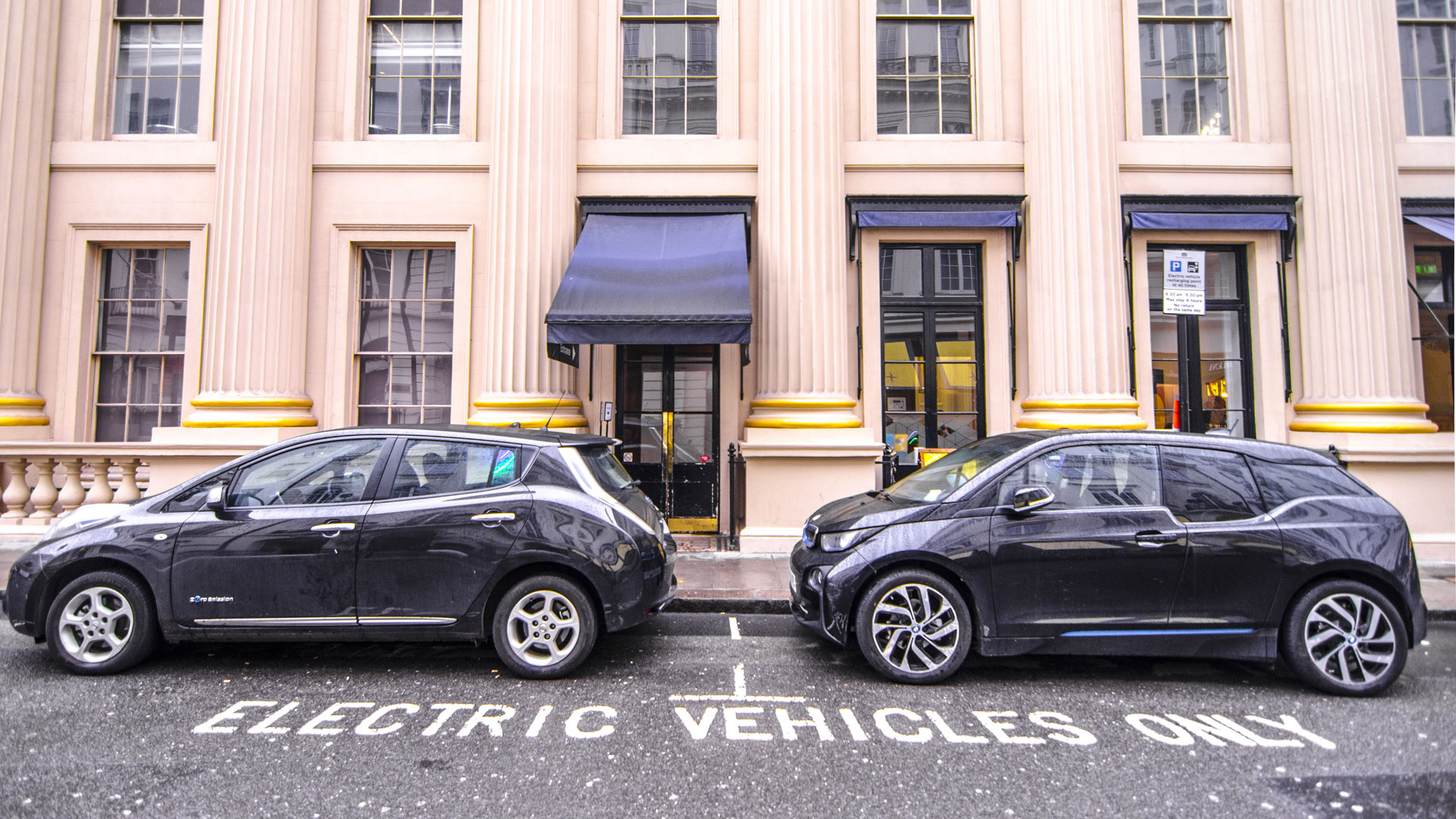
Green number plates: the answer to a question that was never asked or another step on the way to the normalisation of electric cars?
By 2030, the government wants between 50 and 70 percent of new cars sold to be ultra low emission. There’s a long way to go: year to date, battery electric vehicle sales account for a 1.3 percent market share, albeit up 122.1 percent on the same period in 2018.
The will is there, with a growing number of consumers expecting to buy or lease an electric car within the next five years. But barriers remain.
Limited driving range, an inadequate charging network and high list prices are common complaints and reasons not to adopt. These won’t be obstacles forever.
Next-generation EVs can offer 300 miles of range, the supply of rapid chargers is up 43 percent, and the likes of the Vauxhall Corsa-e, Peugeot e-208 and MG ZS EV have the potential to bring a new breed of mainstream customers to the EV party.
‘Do as I do’

So how do green number plates support the mass adoption of electric vehicles?
The government says they offer a “very visible way of distinguishing such vehicles and raising their profile”, arguing that they will “help inform road-users and normalise the idea of clean vehicles”.
Around half of all respondents in a recent survey said the visibility of electric cars on the road is a key factor in the normalisation of the technology. Electric versions of the 208 and Corsa could look too similar to the conventional versions to stand out. Right now, the EV sector needs vehicles to act like mobile billboards – a kind of ‘do as I do’ or ‘follow my leader’ approach.
In this context, the proposed green number plates don’t go far enough. Rather than replacing the traditional yellow and white plates with a green background, the government’s preferred option is for a green flash on the left hand side of the plate.
A green background is unlikely to work, it says, because to make it suitable for ANPR, it would need to be a shade that is less visible to the human eye, reducing the awareness benefits. It would also be slower to implement.
Without the awareness, what’s the point? The government says cars with green number plates could enjoy access to bus lanes or low emission vehicle lanes, reduced rate parking and entry to electric charging bays. But aren’t these enforceable by ANPR cameras?
Enter a bus lane or low emission zone in a non-compliant diesel and you can look forward to a PCN (Penalty Charge Notice) gracing your door mat within a few days. Slapping a green sticker on your diesel car’s number plate isn’t going to stop that.
On the subject of bus lanes, isn’t the plan to grant access to electric cars missing the point? As the adoption of electric cars increases, won’t this cause congestion, reducing the benefit of using public transport? In the short term, it’s likely to raise the blood pressure of commuters queuing to get into town while a bus lane sits empty alongside them.
One thing that isn’t immediately obvious in much of the online coverage is that the government is unlikely to make green plates compulsory. Instead, it would prefer a non-mandatory but opt out approach, where the plates are encouraged but not essential.
Green, black and white

This has the potential to cause confusion, especially when it comes to local authorities offering free parking or access to certain roads to electric vehicles. Would a zero emission car without a green number plate be fined for using a free parking space? If EVs are exempt anyway, what’s the use of the green plates, aside from building awareness?
One obvious benefit is that it should be easier to identify cars that shouldn’t be parked in an electric charging bay. This might shame some drivers into parking elsewhere, although, once again, if the green plates aren’t mandatory, who’s to say that the driver hasn’t opted out?
As for awareness, the government will need to launch a campaign to support the rollout of the green number plates. If a consumer isn’t informed or bothered about the increasing number of electric cars, a thin green band on the side of a number plate isn’t going to catch their eye.
Maybe the government would be better served investing in a campaign that promotes and raises awareness of the growing electric charging network, while further incentivising the adoption of electric vehicles. Seeing friends and family switching to EVs will do more for the industry than a green number plate.
Green number plates might be the answer to a question nobody asked, but finding the solution is far from black and white. You have until 14 January to share your views.